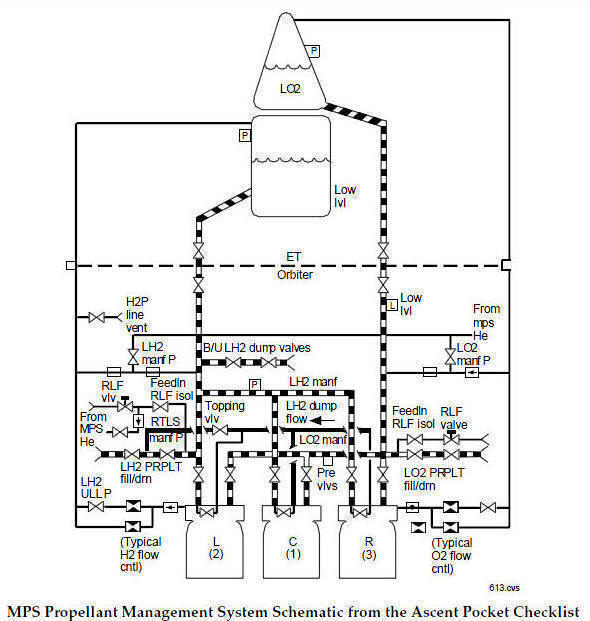I know I'm not the only one who has this question, but I still have trouble wrapping my head around how a rocket engine preburner works.
I understand that the preburner is what gets the rocket's turbopumps to run, and that's how the fuel enters the combustion chamber. That's not the difficult part. I also understand how the preburner is fed. (It basically feeds itself, as a portion of the fuel and oxidizer is fed into the preburner, which turns a turbine, and that turbine moves the turbopumps.) Finally, I do know that the rocket's tanks are pressurized by heating an inert gas, and then feeding that gas into the tank.
However, how does the preburner begin running? As I mentioned above, I understand how the preburner can keep itself running, but how does mission control start the preburner?
If anyone can answer my question, it'd be extremely appreciated.
Also: If I stated something incorrectly, please correct me. I don't want to misunderstand anything about these complex machines.

 ]
]